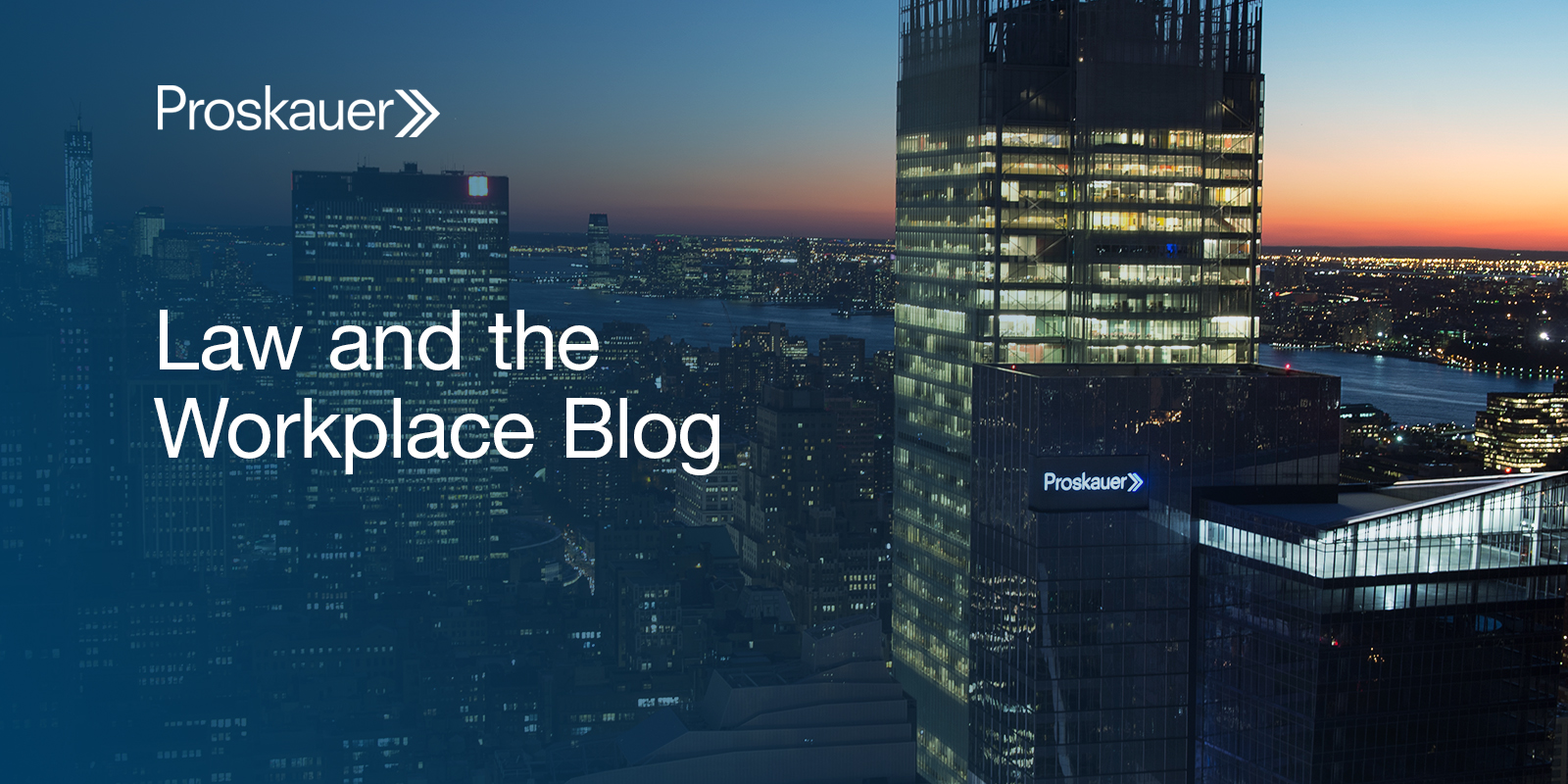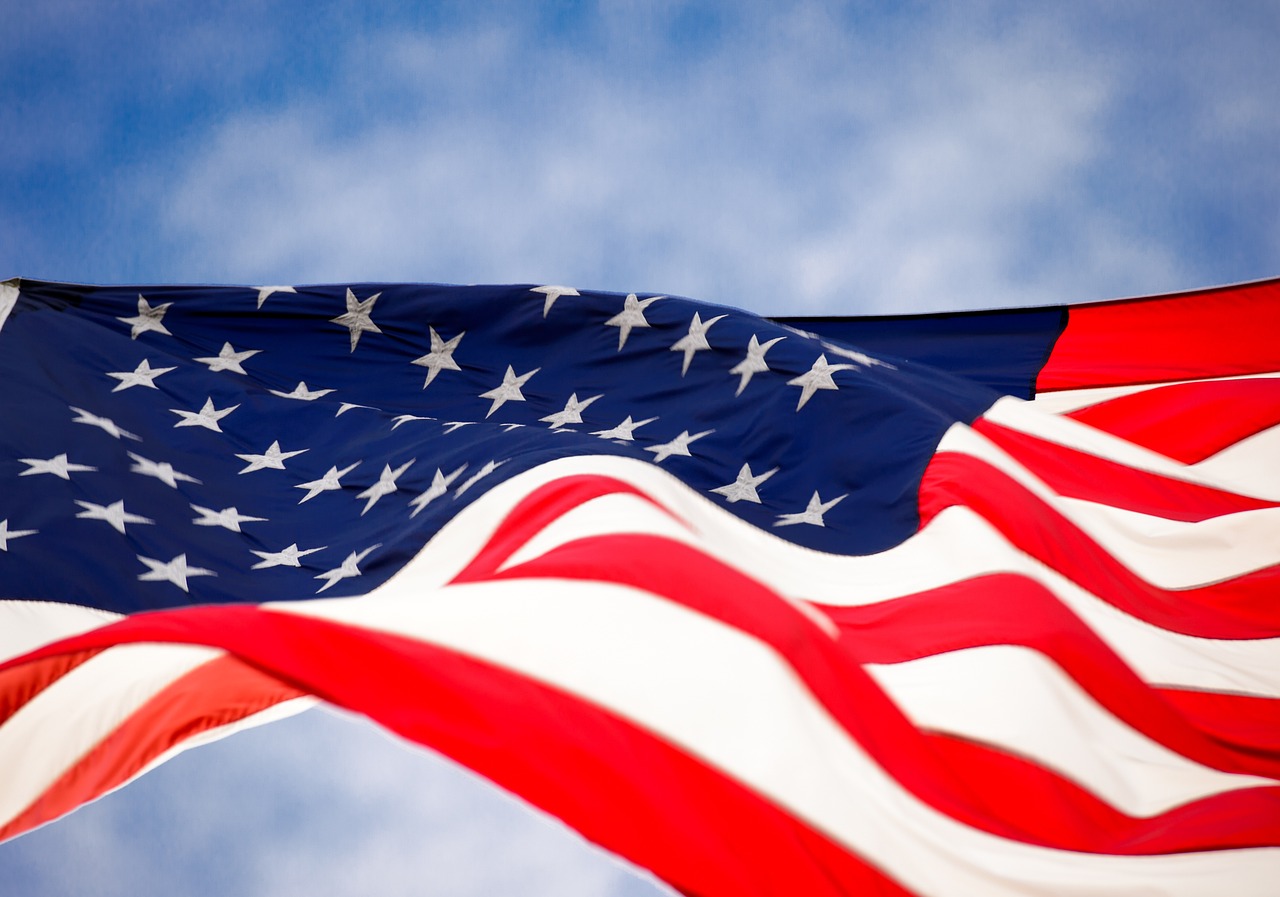Electra Powers Second Circuit’s False Endorsement Analysis | McDermott Will & Emery
Following on the heels of its 2021 decision in Electra v. 59 Murray, the US Court of Appeals for the Second Circuit affirmed the summary judgment denial of a Lanham Act claim related to false endorsement premised upon the unauthorized use of photographs in connection with promotional materials. Souza et. al. v. Exotic Island Enterprs., Inc., Case No. 21-2149 (2d Cir. May 19, 2023) (Lynch, Nardini, Menashi, JJ.) The Second Circuit also affirmed the district court’s summary judgment denial of Lanham Act false advertising and New York state right of publicity claims.
The operator of a gentlemen’s club used photographs of current and former professional models in social media posts promoting the club. The photographs were obtained without the models’ permission through a third-party vendor. The models sued the club operator asserting false endorsement, false advertising and right of publicity violations. The parties filed dueling summary judgment motions in February 2021. During the pendency of those motions, the Second Circuit decided Electra, a case involving overlapping plaintiffs suing on several of the same causes of action based on highly similar fact patterns. The district court subsequently granted the club operator’s motion for summary judgment and denied the models’ motion. The models appealed.
The Second Circuit relied heavily on its Electra decision to affirm the district court’s denial of the models’ false endorsement claim. To prevail on a false endorsement claim under Section 43 of the Lanham Act, the models were required to prove that there was a likelihood of confusion between their goods or services and those of the club operator. Likelihood of consumer confusion is evaluated using the eight Polaroid factors:
- Strength of the trademark
- Similarity of the marks
- Proximity of the products and their competitiveness with one another
- Evidence that the senior user may bridge the gap by developing a product for sale in the market of the alleged infringer’s product
- Evidence of actual consumer confusion
- Evidence that the imitative mark was adopted in bad faith
- Respective quality of the products
- Sophistication of consumers in the relevant market.
First, the models argued that the district court oversimplified the “strength of the mark” analysis (factor 1) to focus only on the recognizability of the mark. The Second Circuit disagreed, explaining that not only was Electra’s focus on recognizability binding precedent but also, that factor was required to be evaluated in the context of the mark’s strength in the false endorsement context (i.e., as a function of the extent to which the endorser’s identity could be linked with the product being sold). In other words, without an adequate showing that the models were recognized in the social media posts promoting the club, there could be no case of endorsement, let alone false endorsement.
Second, the models challenged the district court’s exclusion of their expert testimony on certain Polaroid factors. The district court excluded surveys conducted by the models’ expert as unreliable because they suffered from various methodological flaws and, therefore, did not provide a reliable analysis. Affirming that exclusion, the Second Circuit agreed that assessing the reliability of expert testimony and excluding unreliable testimony were well within the district court’s discretion, again pointing to Electra as indistinguishable binding precedent.
The models’ false advertising claim was equally unavailing. To prove that claim, the models needed to establish that the messaging was the cause of actual or likely injury to the models. Applying the Supreme Court’s Lexmark decision, the district court found that the plaintiffs failed to present evidence of an injury falling within the “zone of interests” protected by the Lanham Act (i.e., an economic or reputation injury flowing directly from the club operator’s false advertising). The models challenged that finding, claiming two injuries:
- The models may have lost out on work opportunities because of reputational damage from being linked with the club.
- The models were deprived of revenue they would have expected to receive for an authorized use of their photographs.
The Court found that neither of the models’ injury theories satisfied Lexmark’s zone of interests analysis. Although the first injury was of the type likely covered by Lexmark, the models provided no evidence to support their speculated injury. As to the models’ second purported injury (lost income), that is not of the type of injury required to support a false advertising claim.
Finally, the Second Circuit affirmed that most of the models’ state law right of publicity claims were time-barred and declined to exercise supplemental jurisdiction over the remaining timely claims in the absence of any federal jurisdiction.
[View source.]






